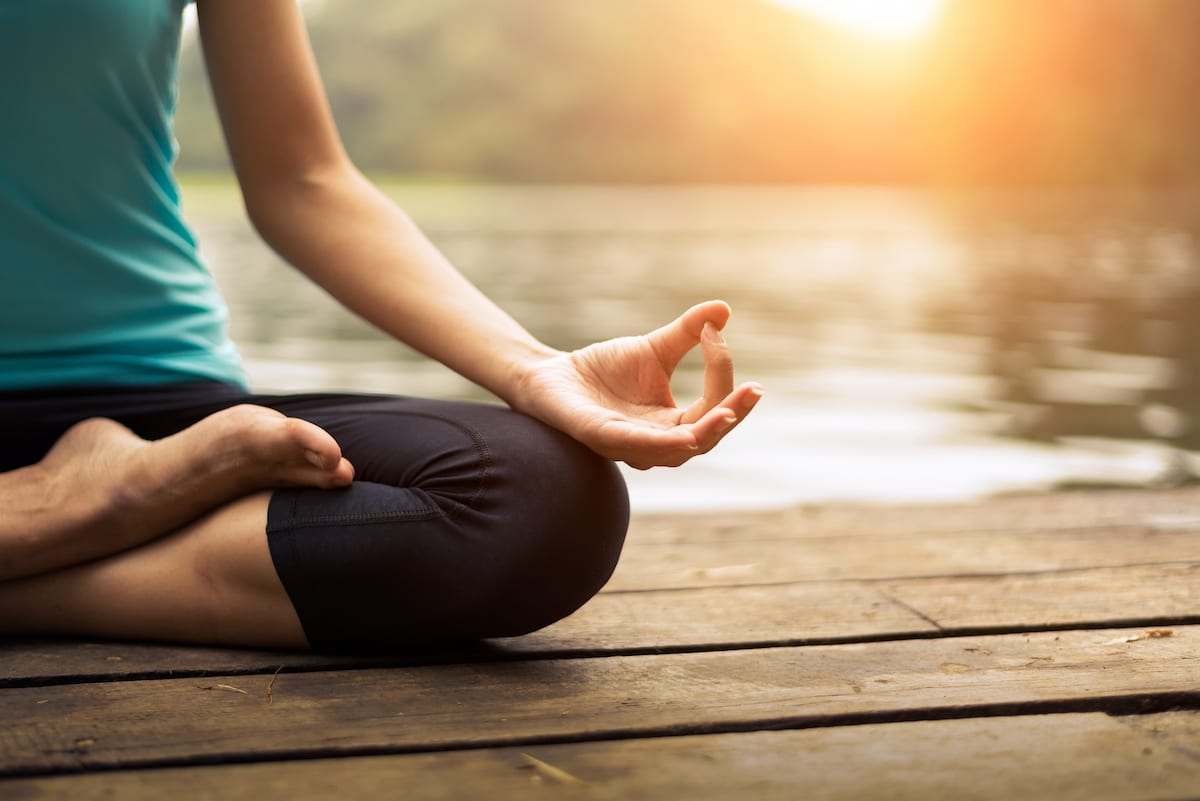
Yoga for Beginners: A Step-by-Step Guide to Getting Started
By: Noor-E Sifat Published: 18 Sept 2023
Yoga, a holistic practice that blends physical postures, breath control, and meditation, holds the power to transform your life by offering a range of physical and mental benefits. Whether you’re a beginner or a seasoned practitioner, this guide aims to help you embark on your yoga journey with confidence.
Physically, yoga enhances your balance, flexibility, and strength. Through regular practice, you can improve your posture, muscle tone, and joint mobility. It is a journey of self-discovery that allows you to take control of your body, leading to continuous improvement.
Mentally, yoga provides a path to inner peace and emotional well-being. Mindfulness, meditation, and controlled breathing help reduce stress and anxiety, promoting mental clarity. Yoga becomes a sanctuary, enabling you to connect with your inner self, fostering serenity, self-awareness, and emotional resilience.
Starting your yoga journey may seem challenging, but remember that everyone begins somewhere. Seek classes or resources that match your level and goals, and remember that the only competition is with yourself.

With dedication and patience, you’ll embark on a lifelong journey towards a healthier, more balanced, and peaceful you.
Step 1: Set Your Intention
Before you unroll your yoga mat, take a moment to reflect on why you want to practice yoga. Your intention will guide your practice and help you stay motivated. Whether it’s to reduce stress, increase flexibility, or improve overall well-being, having a clear intention will keep you focused and committed.
Step 2: Choose Your Yoga Style
Yoga offers a variety of styles, each with its own focus and intensity. As a beginner, it’s essential to choose a style that suits your fitness level and aligns with your goals. Here are some popular options:
-
- Hatha Yoga: A gentle introduction to the most basic yoga postures.
-
- Vinyasa Yoga: A dynamic, flow-based practice that links breath with movement.
-
- Iyengar Yoga: Focuses on precise alignment and the use of props to support your practice.
-
- Ashtanga Yoga: A more intense, structured practice that follows a specific sequence of postures.
-
- Bikram (Hot) Yoga: Performed in a room heated to a high temperature, promoting flexibility and detoxification.
-
- Yin Yoga: A slow-paced practice that involves holding poses for an extended period, targeting connective tissues.
Explore these styles and find one that resonates with you. It’s perfectly okay to try different styles until you discover the one that feels right.
Step 3: Gather Your Yoga Essential
You don’t need much to start practicing yoga, but there are a few essentials to have on hand being your typical yoga kit:
-
- Yoga Mat: Get a Yoga mat that provides stability and cushioning for your practice.
-
- Comfortable Clothing: Wear breathable, stretchy clothing that allows for movement.
-
- Water Bottle: Stay hydrated during your practice.
-
- Quiet Space: Find a peaceful, clutter-free area where you can practice without distractions.
Step 4: Learn the Basic Poses
Begin with the foundational yoga poses. These are the building blocks of your practice and will help you develop strength and flexibility. Some fundamental poses for beginners include:
-
- Mountain Pose (Tadasana): A standing pose that promotes alignment and awareness.
-
- Downward-Facing Dog (Adho Mukha Svanasana): A forward bend that stretches the entire body.
-
- Child’s Pose (Balasana): A resting pose that helps relieve stress and tension.
-
- Warrior I (Virabhadrasana I): A standing pose that strengthens the legs and opens the chest.
-
- Corpse Pose (Savasana): A relaxation pose that allows your body to absorb the benefits of your practice.
Step 5: Practice Mindful Breathing
Yoga places a strong emphasis on breath awareness. Learning to control your breath is an integral part of the practice. Begin with these basic breathing techniques:
-
- Diaphragmatic Breathing: Place one hand on your chest and the other on your abdomen. Inhale deeply through your nose, allowing your abdomen to rise as your lungs fill with air. Exhale slowly through your mouth, feeling your abdomen fall.
-
- Ujjayi Breath: Known as “ocean breath,” this involves inhaling and exhaling through your nose while slightly constricting the back of your throat. It creates a soothing sound and helps you stay focused during your practice.
Step 6: Start with Short Sessions
As a beginner, it’s essential not to overexert yourself. Start with short sessions, around 20-30 minutes, and gradually increase the duration as your strength and flexibility improve. Consistency is more important than duration, so aim to practice regularly, even if it’s for a shorter time.
Step 7: Follow a Guided Yoga Routine
For beginners, it’s often helpful to follow along with guided yoga sessions. You can find numerous online videos and apps that offer beginner-friendly classes. These classes will lead you through a sequence of poses, provide instructions on alignment, and offer modifications for different levels.
Step 8: Focus on Alignment
Proper alignment is crucial in yoga to prevent injuries and maximize the benefits of each pose. Pay close attention to your instructor’s guidance on alignment, and don’t hesitate to use props to support your practice. Over time, your body will become more accustomed to the poses, and your alignment will improve.
Step 9: Listen to Your Body
Yoga is a practice of self-awareness and self-care. Always listen to your body. If a pose feels painful or uncomfortable, ease out of it or modify it. Yoga should never cause pain. Respect your body’s limits and progress at your own pace.
Step 10: Incorporate Meditation and Relaxation
Yoga is not just about physical postures; it’s also a practice of the mind. Incorporate meditation and relaxation techniques into your practice to promote mental clarity and inner peace. Savasana, or Corpse Pose, at the end of each session is an excellent opportunity for meditation and relaxation.
Conclusion
Embarking on a yoga journey as a beginner can be both exciting and rewarding. Remember that progress in yoga is a gradual process, and there’s no rush. With dedication, patience, and an open heart, you’ll discover the many physical and mental benefits that yoga has to offer. Beyond the physical postures, yoga becomes a companion on your path to self-discovery. It’s an exploration of your body’s capabilities, a soothing balm for the mind, and a gateway to inner peace. As you progress, you may find that yoga extends its benefits beyond the mat, influencing your daily life in positive ways.
So, enjoy your practice, and let it be a source of not only physical health but also mental and spiritual well-being. With each session, you’ll not only become more flexible and stronger but also more attuned to the beautiful symphony of your body and mind.
Remember, yoga is a lifelong journey, and every step is a step toward a healthier, more harmonious you.
Don’t forget to check out our other articles on Yoga and Wellbeing for more details!
